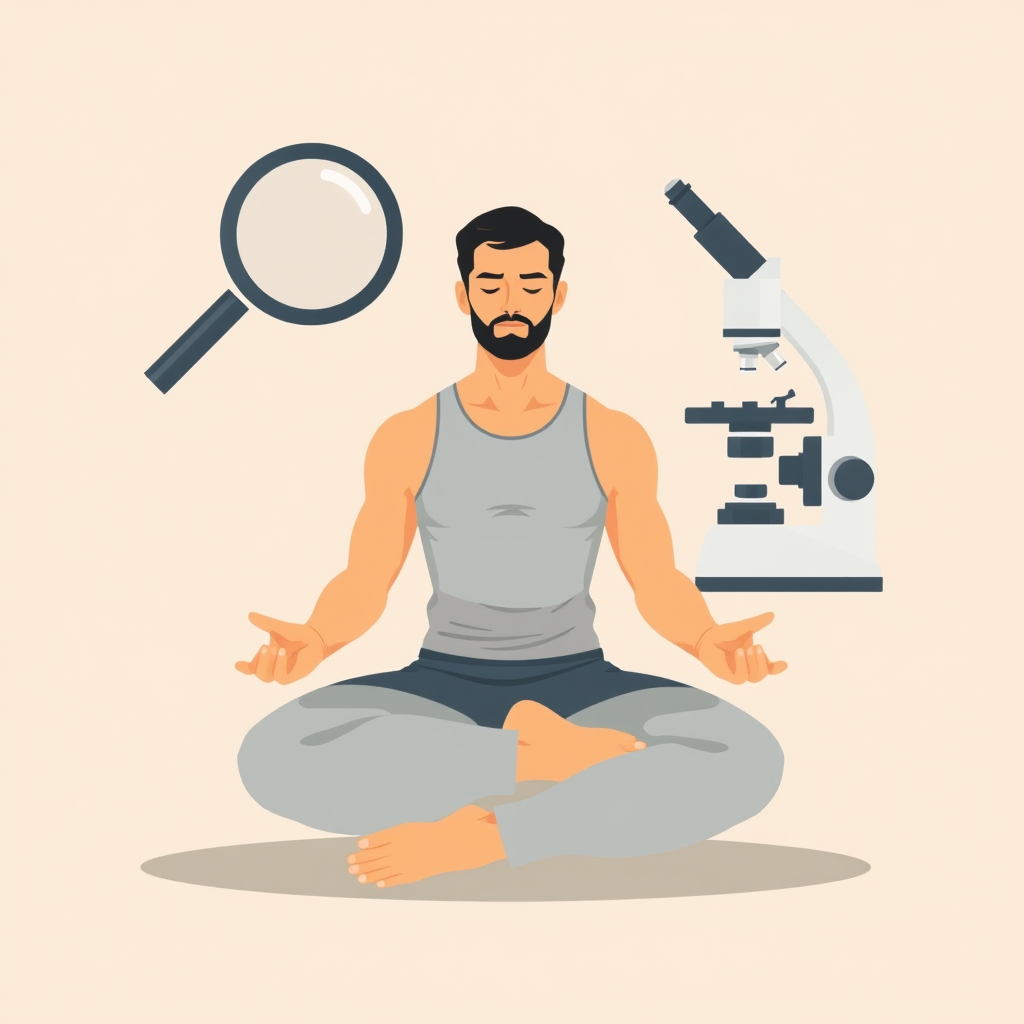Body Scan Meditation
One of the most accessible and grounding meditation techniques for beginners and seasoned practitioners alike is the body scan meditation. This practice invites you to bring your attention to various parts of your body, cultivating awareness, relaxation, and a sense of presence.

What is a Body Scan Meditation?
The body scan is a form of mindfulness meditation where you systematically focus on different areas of your body. It’s about noticing sensations, tension, or even numbness in these areas without judgment. Think of it as a way to “check in” with yourself, building a map of your internal landscape.
Unlike relaxation methods aimed solely at calming the body, the body scan emphasizes awareness. It allows you to notice what is happening in the body right now, cultivating a sense of presence and connection.
The Benefits of Body Scan Meditation
- Reduces Stress and Anxiety: By focusing on the body, you step out of the cycle of thoughts and into the present moment where peace can be found.
- Improves Sleep: Practicing a body scan before bedtime can ease your transition into sleep by relaxing the body and quieting the mind.
- Enhances Emotional Awareness: Sensations in the body often hold clues to your emotions. The scan helps you process these feelings gently.
- Supports Physical Well-being: Tension or discomfort in the body can signal areas that need attention or care, helping you address issues before they escalate.
How to Practice a Body Scan Meditation
You don’t need any special equipment or setup to begin—just a quiet place and a willingness to explore.
-
Find a Comfortable Position: You can lie down on your back, sit in a chair, or even recline slightly. Ensure your body is supported and at ease.
-
Close Your Eyes or Soften Your Gaze: This helps minimize distractions and turn your focus inward.
-
Begin with Your Breath: Take a few deep breaths, noticing the rise and fall of your chest or belly. Let your breath settle into a natural rhythm.
-
Start at the Top of Your Head: Bring your awareness to the crown of your head. Notice any sensations—warmth, coolness, tingling, or even the absence of sensation.
-
Move Downward: Slowly guide your attention to different parts of your body, spending a few moments on each area:
- Forehead, eyes, and jaw
- Neck and shoulders
- Arms and hands
- Chest and back
- Abdomen and hips
- Legs, ankles, and feet
-
Notice Without Judgment: As you move through each area, simply observe what you feel. If you encounter tension, see if it naturally softens, but avoid forcing it.
-
Return to the Breath: Once you’ve scanned your entire body, rest your attention on your breath for a few moments before gently bringing your practice to a close.
Tips for a Deeper Practice
- Be Patient: If your mind wanders (and it will), gently bring it back to the body part you were focusing on.
- Stay Curious: Approach the practice with a sense of curiosity, as though you are discovering your body for the first time.
- Frustration is Just Another Thought: Frustration is simply a passing thought, like any other. Treat it as part of the process, and gently return your focus. With time and practice, it gets easier!
- Adapt to Your Needs: If time is short, focus on major areas of the body. If you’re in pain, direct extra compassion and care to those regions.
Feedback
Was this page helpful?
Glad to hear it! Please tell us how we can improve.
Sorry to hear that. Please tell us how we can improve.